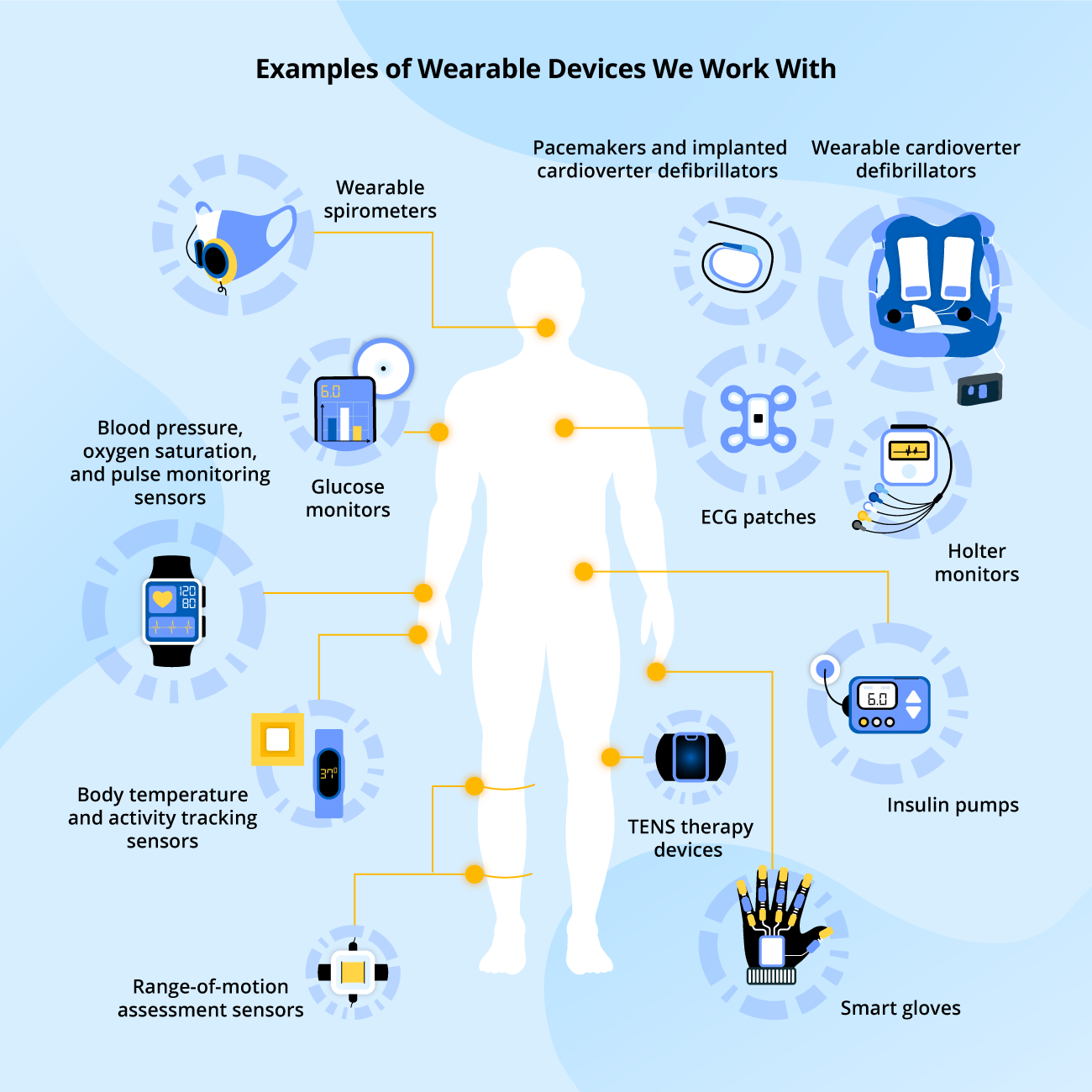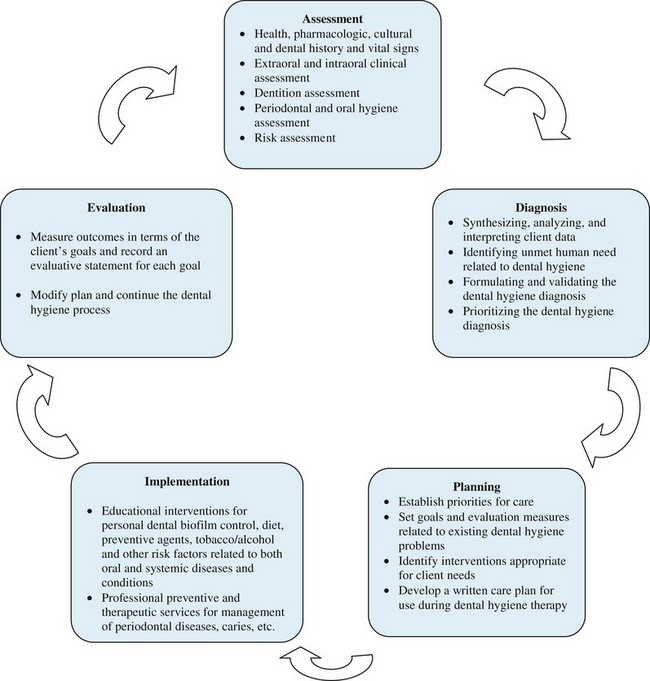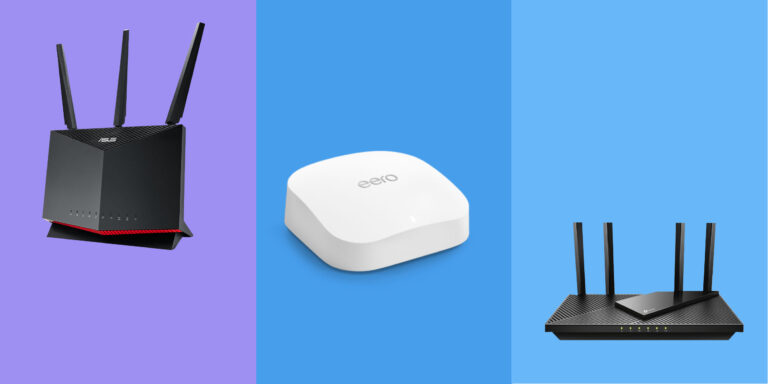Do Wearable Devices Improve Health?
Wearable devices have become increasingly popular in recent years, and it’s easy to see why. Not only do they offer convenience and ease of access to keeping track of physical activity, but they also provide a new way to monitor and improve one’s health and fitness. They allow users to track and analyze their physical activity, sleeping patterns, and general health, as well as set and monitor goals for themselves. This article will explore the benefits of wearable technology and how they can be used to improve health. It will also examine the potential drawbacks and discuss how the technology can be used responsibly.
Defining Wearable Devices
Wearable devices are becoming increasingly popular in the health and wellness space, offering users convenient and accurate tracking of vital signs and other important health data. But what exactly are wearable devices and how do they work?
Wearable devices are small electronic gadgets that can be worn on the body and used to monitor and track various health metrics. They come in a variety of shapes and sizes and can be worn as watches, bracelets, clips, or other accessories. The most common types of wearables track steps taken, heart rate, calories burned, and sleep patterns.
Wearable devices connect to a smartphone or computer via Bluetooth or other wireless means, and use algorithms to analyze the data that they collect. They can also be used to set goals and send notifications to remind users to stay on track with their health and wellness goals.
The goal of wearable devices is to provide users with a more comprehensive view of their health and fitness, enabling them to make better decisions about their lifestyle and diet. By tracking vital signs and other metrics, users can identify patterns in their behavior and adjust their habits accordingly. Wearable devices can also be used to monitor chronic conditions, such as diabetes, to help users better manage their health.
Ultimately, wearable devices can be a valuable tool in improving health and wellness. By providing users with real-time data and feedback, they can become more aware of their health and make informed decisions about their lifestyle.
Assessing Wearable Device Benefits
Wearable devices have quickly become the latest trend in fitness and health. They are designed to track physical activity, diet, heart rate, sleep, and more, as well as providing real-time feedback to the user. But do these devices actually improve health? To answer this question, it is important to assess the benefits of wearable devices.
One of the most notable advantages of wearable devices is their ability to collect data about the user’s health and activity levels. This data can be tracked over time, providing insight into trends and potential areas of improvement. Additionally, many devices come with built-in coaching features that can provide personalized feedback and motivation.
Another benefit of wearable devices is that they help users stay accountable to their health goals. By providing real-time information, users are able to keep track of their progress and make adjustments if needed. Furthermore, some devices even allow users to connect with friends and family, providing additional motivation.
Finally, many wearable devices come with additional features designed to improve health. For example, some devices include reminders to hydrate, take breaks, or perform other activities that promote wellness.
While wearable devices can be beneficial, it is important to remember that they are not a replacement for traditional health care. In order to maximize the benefits, users should consult with their healthcare provider and develop a health plan tailored to their individual needs.
Examining Wearable Device Drawbacks
Wearable devices have become increasingly popular in recent years, and the technology is often touted as a way to improve personal health and wellbeing. But this technology isn’t without its drawbacks. In this article, we’ll explore the potential downsides of relying on wearable devices to monitor health.
First, many wearable devices are expensive and require regular maintenance. This can lead to a significant financial burden for those who are already struggling to pay medical bills. Second, there is a potential security risk associated with wearing a device that constantly collects and transmits data. Third, there is a risk of becoming overly reliant on the device and losing the ability to self-monitor and track vital signs.
Finally, wearable devices may be inaccurate in some cases. The data they provide is based on algorithms and sensors, so there is a risk of incorrect readings. This could lead to false alarms and inaccurate diagnoses.
Ultimately, wearable devices can certainly be a useful tool for improving health and wellbeing. However, it’s important to be aware of the potential drawbacks and be sure to consult with a healthcare professional before relying solely on a device to monitor health.

Analyzing Wearable Device Effectiveness
Wearable devices are becoming increasingly popular for tracking and monitoring personal health metrics. A growing body of evidence suggests that these devices can be effective in helping people improve their health and fitness. But how exactly do wearable devices improve health? In this blog post, we’ll analyze the effectiveness of wearable devices and explore how they can help people achieve better health outcomes.
We’ll start by looking at the different types of wearable devices available. From fitness trackers to smart watches, wearable devices can track a variety of personal health metrics, such as heart rate, blood pressure, and activity levels. By monitoring these metrics, users are able to more accurately measure their progress and adjust their health and fitness goals accordingly.
Next, we’ll look at how wearable devices can help people achieve their health and fitness goals. Wearable devices can provide users with personalized feedback and insights to help them stay on track. Additionally, some devices have built-in coaching and support systems to provide users with personalized guidance and motivation.
Finally, we’ll examine the evidence-based research that supports the effectiveness of wearable devices in improving health outcomes. Studies have found that wearable devices can be effective in helping people improve their physical activity levels and reduce their risk for chronic diseases. Additionally, the use of wearable devices can increase user engagement in health-related activities, making it easier for users to stay motivated and adhere to their health and fitness goals.
In conclusion, wearable devices are becoming increasingly popular for tracking and monitoring personal health metrics. They can provide users with personalized feedback and guidance to help them stay on track and achieve their health and fitness goals. The evidence-based research suggests that the use of wearable devices can indeed improve health outcomes.
Exploring Wearable Device Limitations
The rise of wearable devices over the past few years has promised to revolutionize the way we manage our health and fitness. But even with the potential of these devices, there are still some limitations that need to be considered before relying on them for optimal health.
The accuracy of readings from wearable devices can be limited due to their small size and lack of sophisticated sensors. This can lead to inaccurate data or readings that are not reflective of the user’s actual health. Additionally, the user may not be able to rely on the device for more complex medical information, such as blood pressure readings or heart rate variability.
Wearable devices also require a certain level of user engagement in order to be effective. This means that the user must be willing to consistently wear the device and use the accompanying app for the best results. Without this level of engagement, the data collected may not be as reliable or accurate.
Finally, wearable devices are not a substitute for professional medical advice. While they can be helpful for tracking health trends and providing general health advice, they should not be used as a replacement for seeking medical advice from a qualified doctor.
Overall, wearable devices can be a great tool for tracking basic health metrics and improving overall fitness. However, users should be aware of the limitations of these devices and use them in combination with professional medical advice for the best results.
Exploring Future Possibilities for Wearable Devices and Health Improvements
Wearable technology has the potential to revolutionize the way we monitor and improve our health. In recent years, a growing number of companies have developed innovative devices that can track heart rate, activity levels, and even sleep patterns. As these devices become more popular, it’s important to consider how they can be used to improve our health.
One of the most exciting possibilities for wearables is their ability to provide real-time feedback on our health. By providing accurate data, wearables can help us stay on top of our health goals and detect potential health problems before they become serious. They can also give us the motivation to exercise more and eat healthier.
The future of wearable technology could also include more sophisticated data analysis. With the help of machine learning algorithms, wearables could provide personalized advice on how to lead a healthier lifestyle. Wearables could even be able to provide early warnings of serious illnesses like diabetes or heart disease.
The potential for wearable technology to improve health is only just beginning. With continued innovation and research, we may soon see wearables that can monitor our health in real-time and provide personalized, actionable advice on how to stay healthy. As we move into this new era of health and wellness, it’s important to consider the implications of these devices and how they can be used to improve our lives.
FAQs About the Do Wearable Devices Improve Health?
1. What are the benefits of using a wearable device?
A: Wearable devices can track your activity levels, heart rate, and sleep patterns to provide insight into your overall health. They can also provide reminders to stay active and alerts when unusual activity is detected.
2. Are wearable devices safe to use?
A: Yes, wearable devices are safe to use. They are tested to make sure they meet safety standards, so you can be sure they are safe for your use.
3. Do wearable devices require maintenance?
A: Generally, wearable devices will require minimal maintenance. It is important to make sure the device is charged and kept clean to ensure it is functioning properly.
Conclusion
In conclusion, wearable devices are an effective way to improve health. They provide real-time feedback and support to improve exercise, diet, and sleep habits. Wearable devices also offer a valuable source of data that can be used to track progress, identify trends, and make more informed decisions. As such, wearable devices have the potential to be an effective tool for improving health and well-being.




